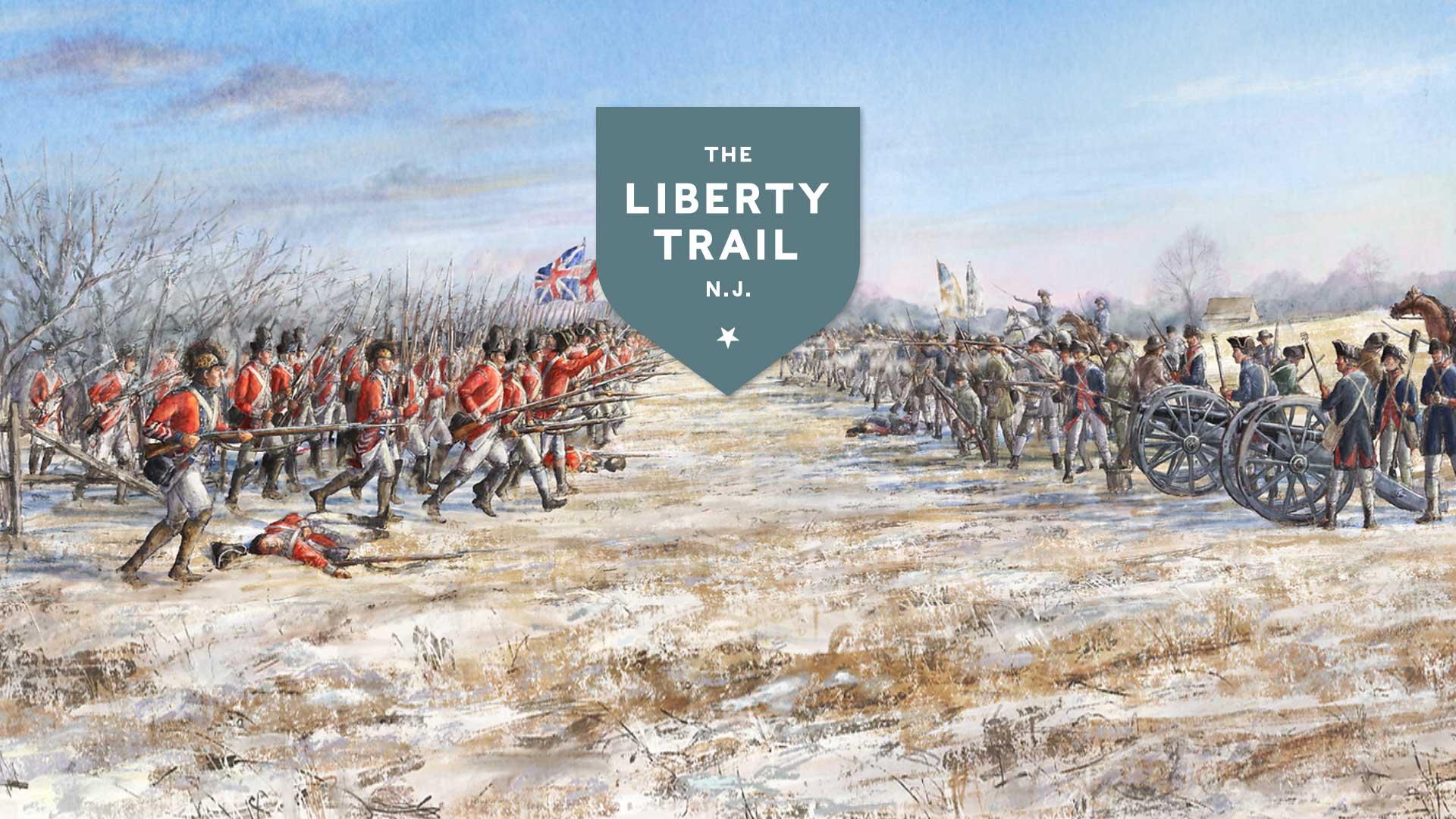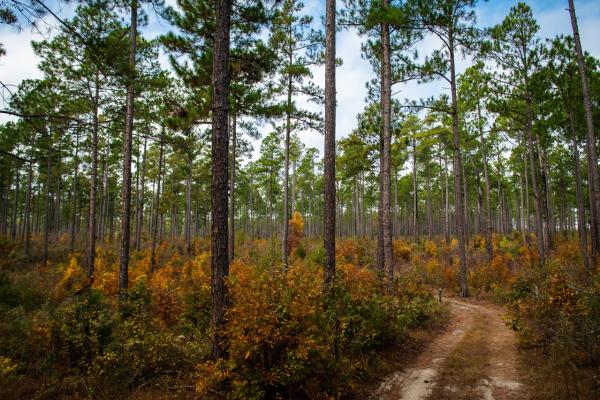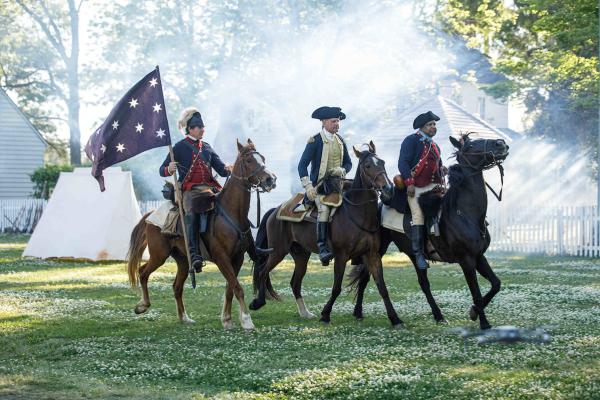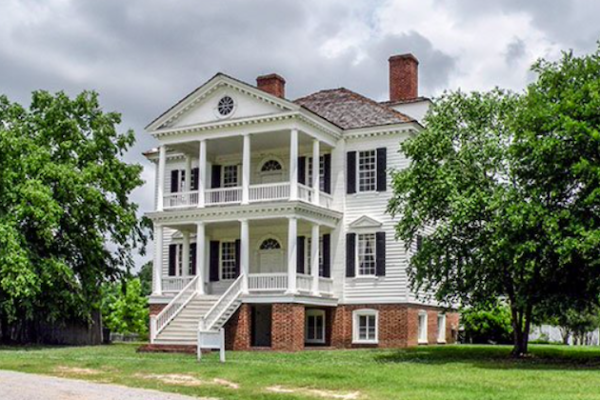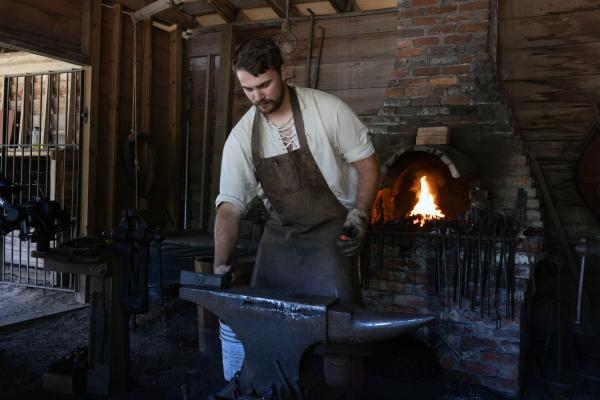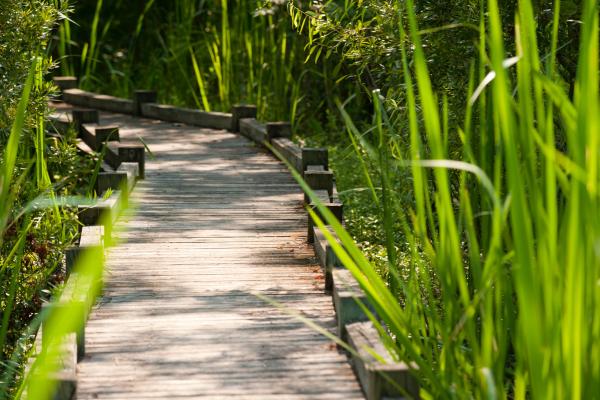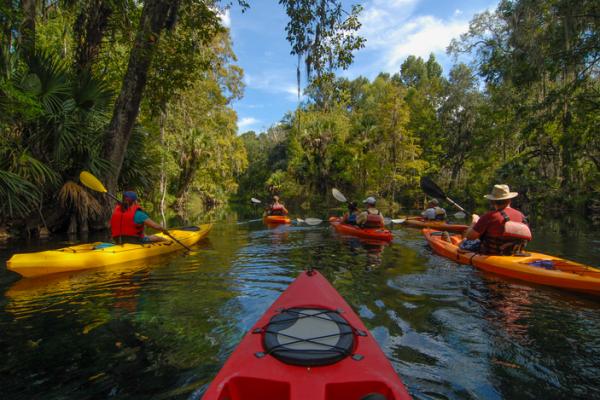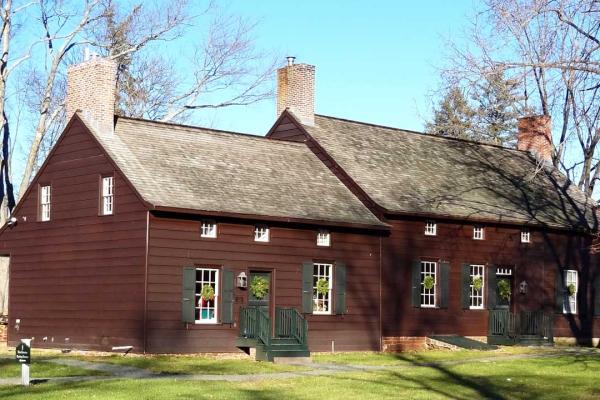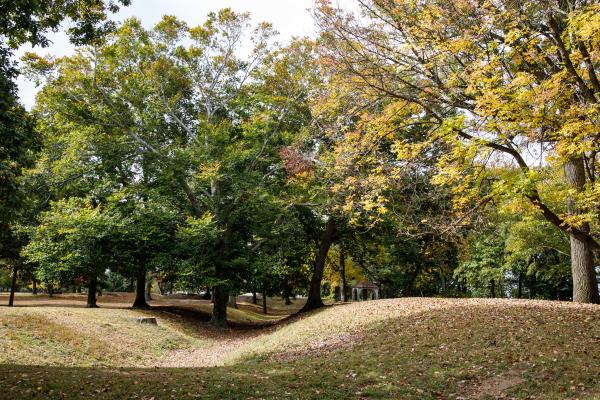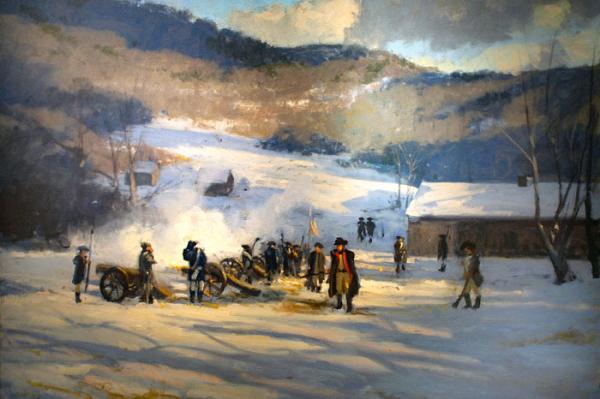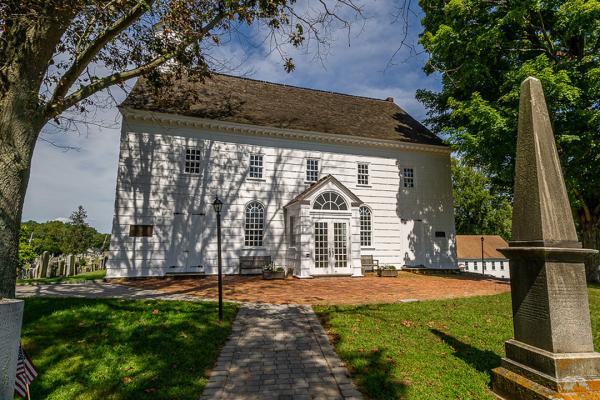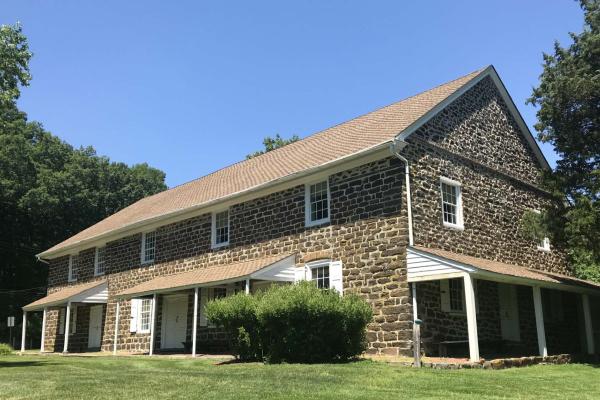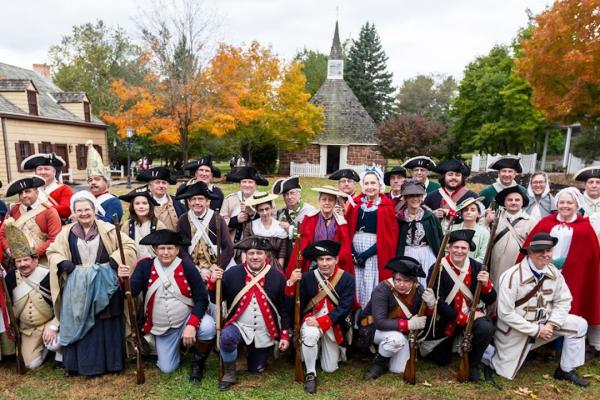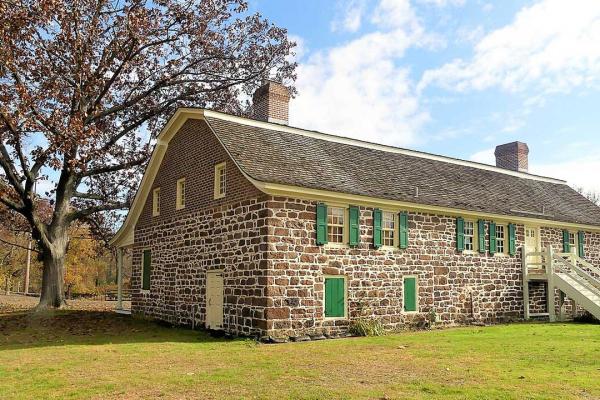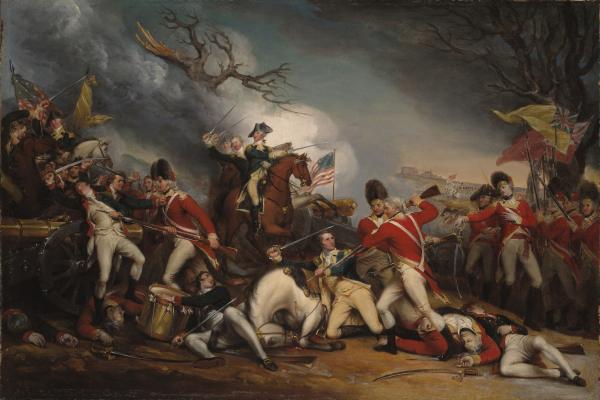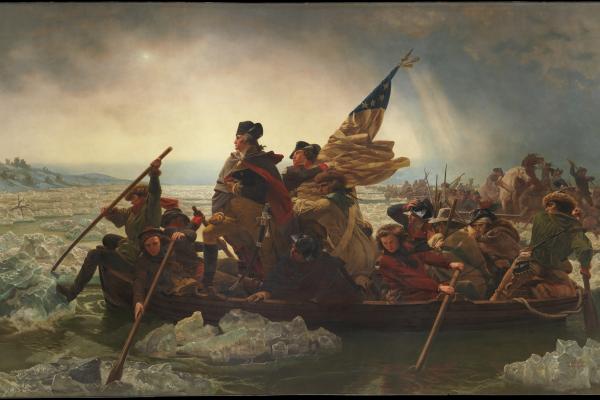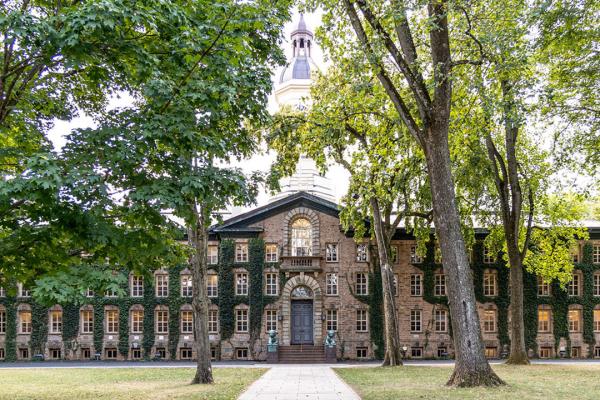New Jersey played a major role in the fight for independence, from Washington’s daring crossing of the Delaware River to defeat the British at Trenton to a critical Patriot victory at the Battle of Princeton. Its location between the British stronghold in New York and the revolutionary center of the new nation in Philadelphia caused the Continental and British armies to clash on this ground repeatedly throughout the Revolutionary War.

The Liberty Trail New Jersey offers engaging, in-depth tours of sites related to the American Revolution. Visit the battlefields where lives were risked and lost, hear the stories of men, women, and enslaved laborers who played a part in the conflict, and learn how the efforts of both soldiers and citizens contributed to the future of the United States. Whether you are a longtime history fan or a first-time explorer, there are many ways to access the Liberty Trail—find your path.
The Liberty Trail New Jersey app was produced with the support of an award of Federal funds from the American Battlefield Protection Program administered by the National Park Service.
Download The Liberty Trail New Jersey for free today!
